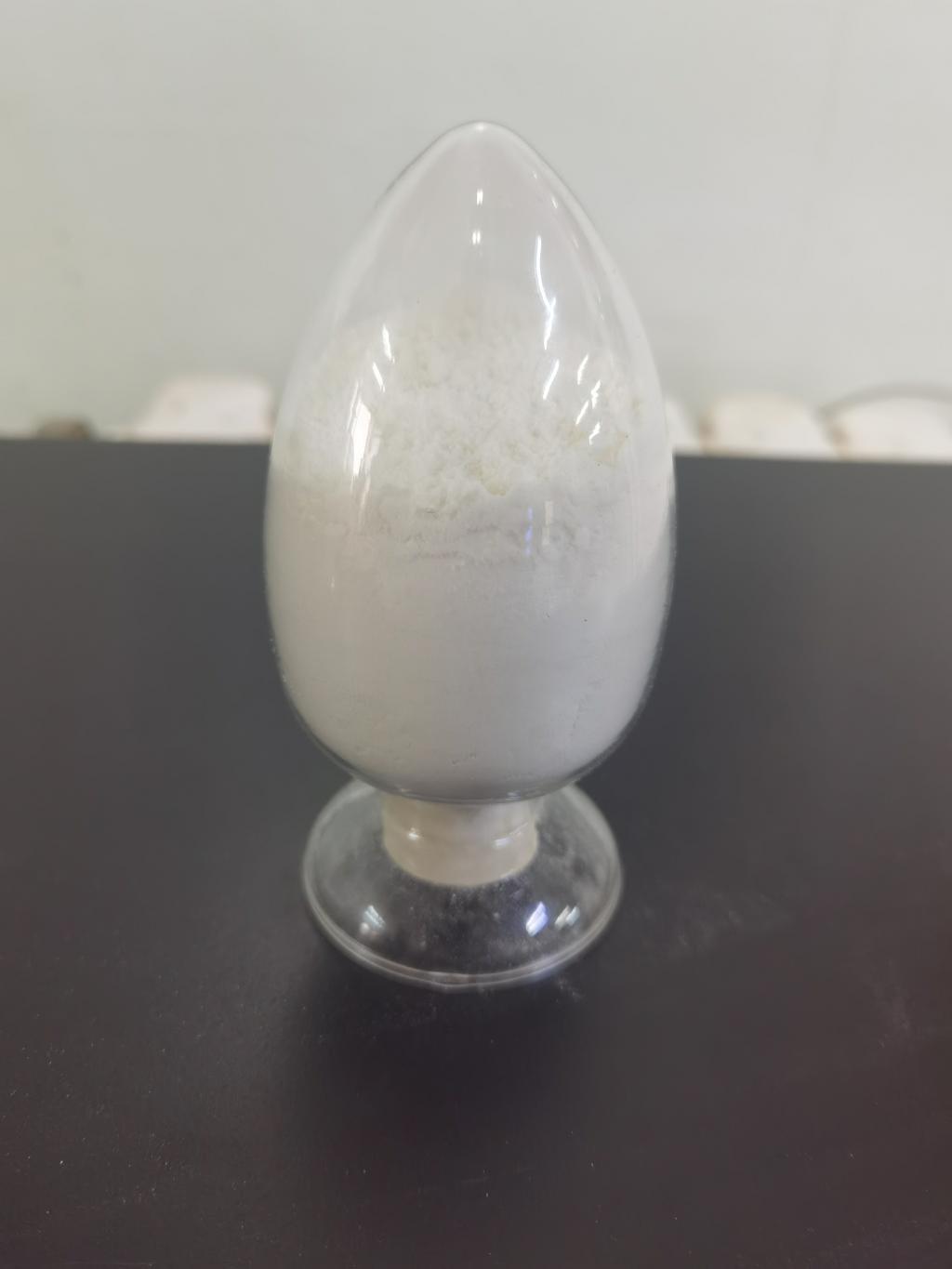Tel:+8618231198596

News
 CONTACT
CONTACT
 CONTACT
CONTACT
- Linkman:Linda Yao
- Tel: +8618231198596
- Email:linda.yao@dcpharma.cn
- Linkman:CHARLES.WANG
- Department:Overseas
- Tel: 0086 0311-85537378 0086 0311-85539701
News
Evaluating the impact of ε-Polylysine hydrochloride on the nutritional content of fortified foods.
TIME:2024-05-06
Factors Influencing Nutrient Stability
Several factors influence the stability of nutrients in fortified foods, including:
pH: Changes in pH resulting from the addition of ε-Polylysine hydrochloride may affect the stability of certain vitamins and minerals.
Temperature: Processing and storage conditions, including heat treatment and exposure to light, can impact the stability of fortified nutrients.
Interaction with Other Ingredients: Interactions between ε-Polylysine hydrochloride and other ingredients in fortified foods may affect nutrient stability and bioavailability.
Analytical Methods: The choice of analytical methods for nutrient analysis can influence the detection and quantification of fortified nutrients in the presence of ε-Polylysine hydrochloride.
Nutritional Analysis Techniques
Various analytical techniques are employed to assess the nutritional content of fortified foods, including:
High-Performance Liquid Chromatography (HPLC): Used to quantify vitamins, minerals, and other nutrients in fortified foods with high sensitivity and specificity.
Spectrophotometry: Measures the absorbance of light by fortified nutrients, providing information about their concentration and stability.
Atomic Absorption Spectroscopy (AAS): Determines the concentration of minerals such as iron, zinc, and calcium in fortified foods.
Enzyme-Linked Immunosorbent Assay (ELISA): Detects and quantifies specific nutrients or antigens in fortified foods using antibodies.
Impact on Nutritional Content
Research on the impact of ε-Polylysine hydrochloride on the nutritional content of fortified foods is limited but suggests the following:
Vitamins: ε-Polylysine hydrochloride may have minimal effects on the stability of water-soluble vitamins such as vitamin C and B vitamins. However, its impact on fat-soluble vitamins requires further investigation.
Minerals: ε-Polylysine hydrochloride is unlikely to affect the stability or bioavailability of minerals in fortified foods, although interactions with certain minerals may occur under specific conditions.
Proteins: Limited evidence suggests that ε-Polylysine hydrochloride may interact with proteins in fortified foods, potentially affecting protein stability and digestibility.
Health Implications
Overall, the addition of ε-Polylysine hydrochloride to fortified foods is not expected to have significant adverse health effects on consumers. However, further research is needed to assess its long-term effects on nutrient absorption, metabolism, and overall health outcomes.
Recommendations for Optimization
To optimize the formulation and application of ε-Polylysine hydrochloride in fortified foods, the following recommendations are proposed:
Conduct Further Research: More studies are needed to evaluate the effects of ε-Polylysine hydrochloride on the stability and bioavailability of fortified nutrients under different processing and storage conditions.
Utilize Analytical Techniques: Employ advanced analytical techniques to accurately quantify fortified nutrients in the presence of ε-Polylysine hydrochloride and other food ingredients.
Monitor Health Outcomes: Conduct long-term studies to monitor the health outcomes of consumers consuming fortified foods containing ε-Polylysine hydrochloride.
Optimize Formulation: Considerations should be given to the selection of ε-Polylysine hydrochloride concentrations, pH levels, and processing conditions to minimize any potential adverse effects on nutrient stability and bioavailability.
Conclusion
ε-Polylysine hydrochloride is a valuable preservative in fortified foods, contributing to enhanced shelf life and microbial safety. While concerns exist regarding its potential impact on the nutritional content of fortified nutrients, current evidence suggests minimal adverse effects. However, further research is warranted to better understand the interactions between ε-Polylysine hydrochloride and fortified nutrients, as well as its long-term health implications. By addressing these knowledge gaps, we can ensure the continued efficacy and safety of fortified foods containing ε-Polylysine hydrochloride, ultimately contributing to improved public health outcomes.
- Tel:+8618231198596
- Whatsapp:18231198596
- Chat With Skype







